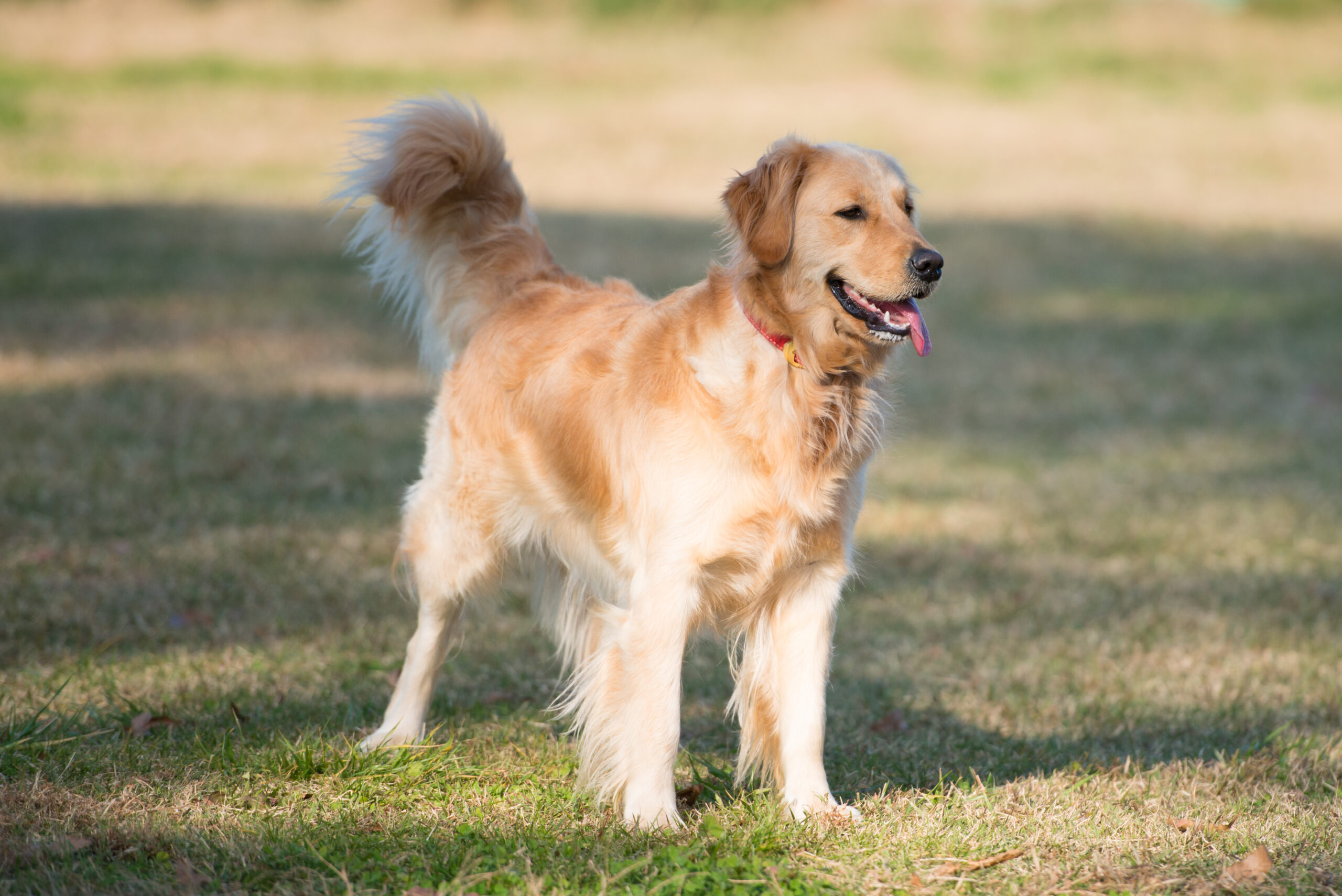Your Puppy: What to Expect at 10 to 12 Months
Published on August 01, 2014

When your puppy is 10 months to 1 year old, she is considered a teenager. She is beginning to think of herself as independent. The world is hers to explore. She can go on longer walks and even enjoy off-leash time. But she will need help from you to learn how to enjoy this newfound freedom. Here is what you can expect when your puppy is 10 to 12 months old.
Physical and Mental Development
Depending on her breed, your dog may be nearly full-grown and exercising more and more. If you have a breed of dog prone to some common developmental and genetic problems, know that your dog may start to show symptoms at this time — sometimes even earlier. For example, Labrador Retrievers and some other large working breeds are prone to hip and elbow dysplasia. These conditions can be diagnosed in young dogs, so talk to your veterinarian about what signs to look for. Knowing what to expect early and being able to manage the pain and discomfort associated with these diseases is critical to providing your dog with a long, happy life. Brachycephalic breeds such as Bulldogs and Boxers are likely to have exercise-related breathing problems. If you own one of these breeds, be sure to consult your veterinarian about managing your dog in conditions that may be difficult for her, such as hot weather. Other injuries become more likely during this active period, so you must be diligent and think ahead to keep your dog safe.
Mentally, your teenager is trying to find her place in the family. She is eager to learn new things, so teach her new tricks. Mental stimulation through exercise and training will help channel your dog’s energy into positive pursuits that will leave her tired and ready for sleep at the end of the day. Hopefully.
Behavior Changes
When she has mastered them in this setting, you are ready to slowly introduce distractions such as other dogs, new surroundings, wildlife, etc. Remember, take a deep breath, be gentle and consistent, rewarding her good behavior. If you find that she is not responding in a particular situation, return to a less disruptive environment and repeat your training. Being consistent and in control, whether at home or in the park, is the key to surviving life with your teenage dog.
Health and Nutrition
All featured products are chosen at the discretion of the author. However, Vetstreet may make a small affiliate commission if you click through and make a purchase.
Your bouncy young dog has likely completed her series of puppy vaccinations and has already been started on heartworm prevention. She should also be consistently treated with a quality flea and tick product recommended by your veterinarian. The dosing of these products is dependent on her weight, so as she grows, be sure that you are treating her with the appropriate amounts.
Most dogs are weaned onto adult dog food during this time. Be sure to select a high-quality dog food designed for her age and size. Some pet owners make the mistake of giving human food, giving diets inappropriate for their dog’s activity level, or “supplementing” a diet that is already balanced and therefore “unbalancing” a good diet. Vitamins and minerals are important, but any high-quality dog food should already have a balanced supply of them. Overfeeding many vitamins or minerals, or even adding too much protein, fat, or other nutrients can prove very dangerous. Never give your dog supplements unless directed by your veterinarian. Your veterinarian is also a good source for advice on feeding your dog. He or she can suggest specific foods to meet your dog’s needs based on size, weight, activity level, and health status.
While talking to your veterinarian, ask about adding a probiotic to your pup’s daily routine. Consider an all-in-one formula such as Great Poop for complete digestive support. Imagine firm poops and immune system support in a tasty chicken-flavored chew. Your pup will thank you for it.
Of course, fresh water must be available to your dog at all times. Water should never be restricted, and remember to bring water if you are going to be exercising her at a park or other area away from home.
The Importance of Dog Health Insurance
Dog health insurance can help you pay for unexpected health expenses, surgeries, or medications of senior dogs. It’s important to purchase insurance before there’s a problem. While pet insurance may add to your monthly expenses, it can save you hundreds or thousands of dollars in the long run.
Don’t ever let financial decisions get in the way of your dog’s care. Review personalized options for your pet below:
Training Tips
Dogs want to be taken seriously and to be members of the family. Praise and positive reinforcement encourage loyalty, obedience, and willingness to cooperate. Each training session should end with praise — especially for a young dog. A dog that is left alone for extended periods may howl, whine, or bark continuously. Some may chew or damage the furniture. As a natural pack animal, she perceives being left alone as punishment. Being left alone can cause anxiety and diminishing trust in you. Howling is intended to restore community by voice contact — she wants to know if anyone is out there.
This is an exciting and challenging time for you and your dog. While she may be frustrating at times, remember, your dog looks to you to show her guidance and caring while she matures from a rough-and-tumble puppy to a respectful adult.





